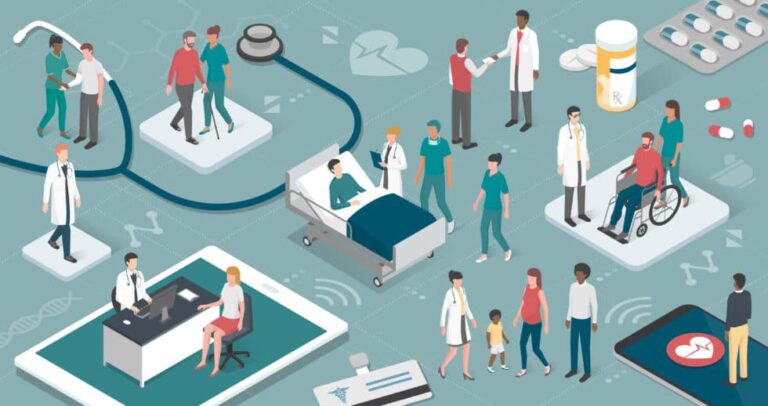Imagine turning complex data into insights that not only inform but also captivate and resonate with your audience. In an age where information is king, the ability to tell a compelling story through data visualization has never been more crucial. Effective data visualization and storytelling serve as essential tools that convert raw data into actionable insights, enabling organizations to make well-informed decisions and connect with their audience on a profound level. This article delves into the myriad benefits of mastering the art of data visualization and storytelling, emphasizing the core concept of weaving data into a narrative that captivates, resonates, and leaves a lasting impact. We’ll explore how to craft a compelling narrative through data, ensuring your insights are not only relatable but emotionally resonant, setting the stage for meaningful engagement and decision-making.
Increased Engagement
Effective data visualization doesn’t just present facts; it tells a compelling story. By weaving data into a narrative, you can engage your audience on a deeper level. Whether it’s stakeholders, customers, or employees, storytelling makes data relatable, memorable, and emotionally resonant.
Efficient Automated Reporting
Traditional text-based reports can be overwhelming and time-consuming to digest. On the other hand, effective automated data visualization simplifies reporting by presenting key findings at a glance. With automation, people no longer need to manually compile the data necessary to build a report – all of this is done systematically or in real-time, reducing all that overhead and burden (and potential for human error). This efficiency in reporting not only saves time but also enhances the overall quality of decision-making.
Enhanced Clarity and Comprehension
The human brain is wired to process visual information more rapidly and efficiently than text or numbers. Effective data visualization distills complex data sets into clear, visual representations such as charts, graphs, and infographics. This clarity makes it easier for stakeholders to grasp key trends, patterns, and insights, reducing the chances of misinterpretation.
Improved Decision-Making
Data-driven decision-making is at the core of modern business strategies. Effective data visualization and storytelling provide decision-makers with a clear and concise overview of critical information. This enables quicker, more informed decisions, as decision-makers can readily identify opportunities, risks, and areas that require attention.
Enhanced Communication
Not everyone in an organization is a data expert. Visualization bridges the gap between data analysts and non-technical stakeholders. When you can convey your data-driven insights in an easily understandable format, you foster better communication and collaboration across teams and departments.
Quick Identification of Trends and Anomalies
Visualizing data allows you to spot trends and anomalies that might go unnoticed in raw data. Patterns become more apparent, enabling you to address issues promptly or capitalize on opportunities as they arise.
Persuasive Advocacy
Data-driven storytelling serves as a powerful tool for persuasive advocacy, especially when dealing with leadership and executives. Whether you’re pushing for a change in policy, resource allocation, or the initiation of a new project, captivating data visualizations can make your case significantly more compelling and memorable. When employees seek to convince top-level decision-makers, this approach can be particularly effective, offering a persuasive edge in facilitating meaningful changes within the organization.
Improved Memory Retention
People remember stories far better than they remember lists of facts or figures. When data is presented within a narrative context, it becomes more memorable. This can be especially advantageous when you need your audience to retain and act on the information you present.
Exploration and Discovery
Interactive data visualizations allow users to explore data on their terms. They can drill down into details, filter data, and uncover insights on their own. The visuals become a jumping off point for further analyses. Making effective visualizations a core competency will lead to the enablement of others across the organization to dig deeper, ask better questions, and get to solutions faster. This promotes self-discovery and empowers individuals to find answers to their specific questions.
In recent years, effective data visualization and storytelling have emerged as indispensable tools for organizations looking to make the most of their data assets. These techniques transform data from mere numbers into a compelling narrative, making it accessible, memorable, and actionable. The benefits are far-reaching, from improved decision-making and engagement to enhanced communication and advocacy.
Incorporating effective data visualization and storytelling into your organization’s data strategy isn’t just about presenting data; it’s about creating a shared understanding, sparking meaningful conversations, and driving positive change. Whether you’re analyzing business trends, presenting research findings, or advocating for a cause, the power of effective data visualization and storytelling can illuminate insights and drive success.








